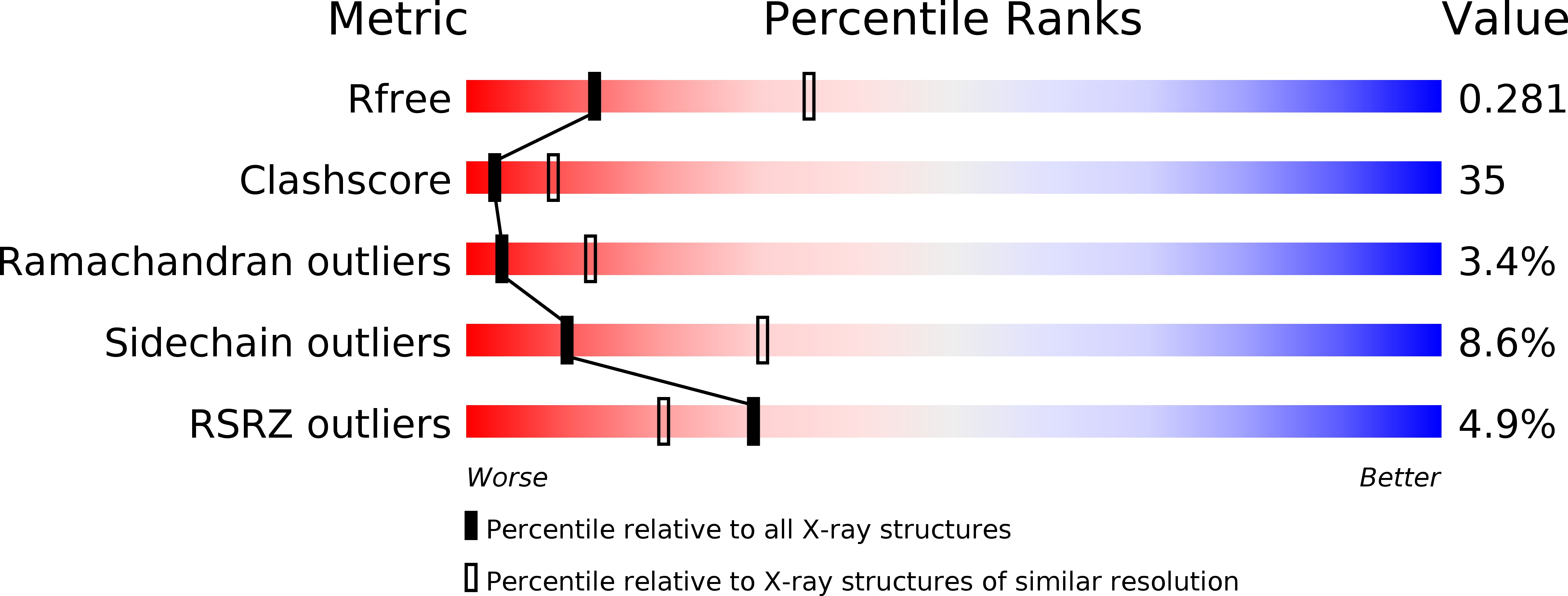
Deposition Date
2002-02-18
Release Date
2003-04-01
Last Version Date
2024-03-13
Entry Detail
PDB ID:
1L1J
Keywords:
Title:
Crystal structure of the protease domain of an ATP-independent heat shock protease HtrA
Biological Source:
Source Organism:
Thermotoga maritima (Taxon ID: 2336)
Host Organism:
Method Details:
Experimental Method:
Resolution:
2.80 Å
R-Value Free:
0.27
R-Value Work:
0.22
Space Group:
P 21 3


